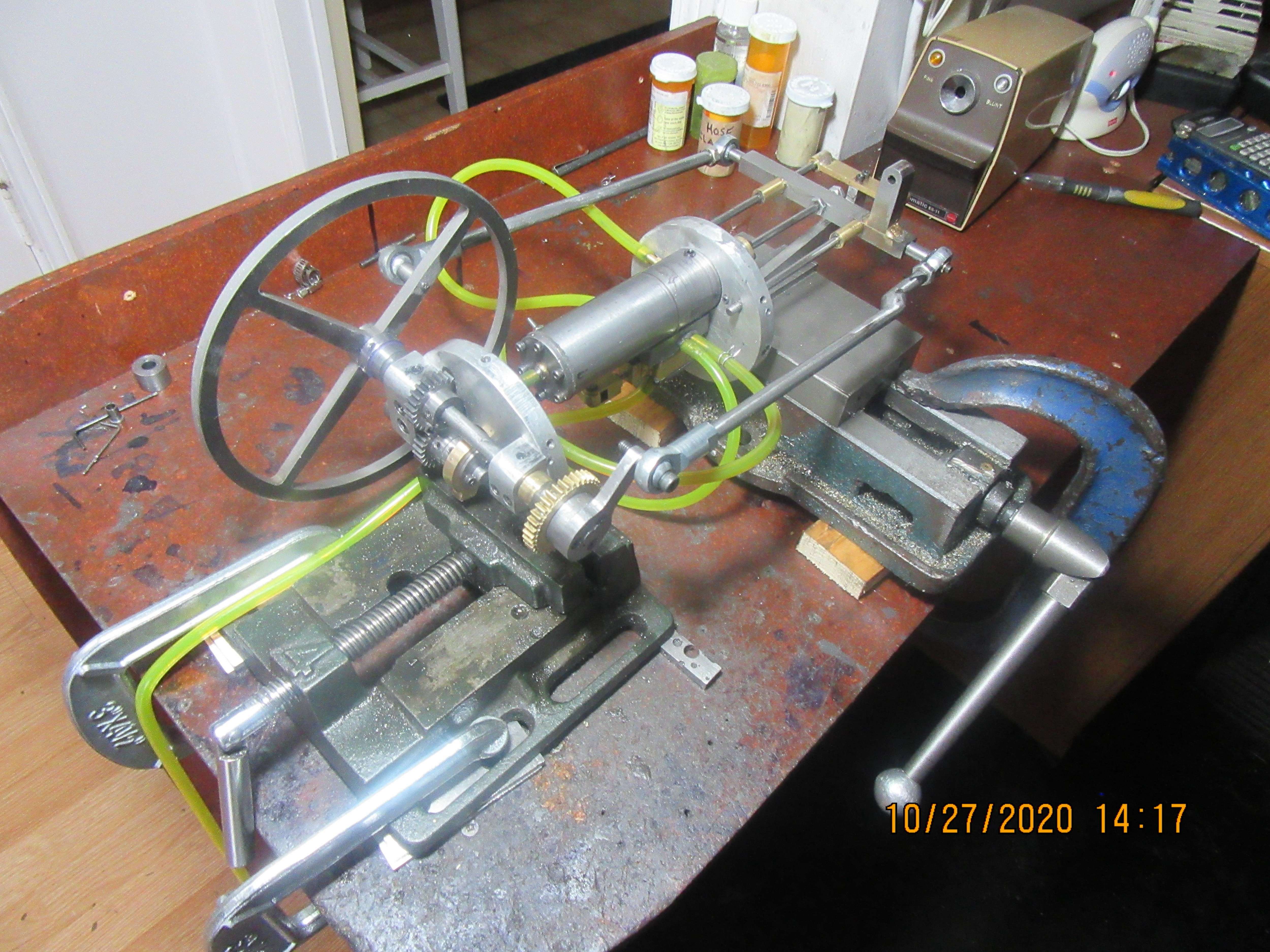It feels like I must have been taking "slow pills" today. I managed to work all day and make only one part. This is the sub base for the new slider valve. The four shcs in the corners attach it to the cylinder. The four tapped holes are where the steam-chest bolt to it. The tapped holes in the ends are drilled galleries that needed to be plugged after the fact, so they were tapped and #10 set screws threaded in to act as plugs. There will be three tubes soldered into the block, two on one side and one on the other side. I still have some internal de-burring to do.
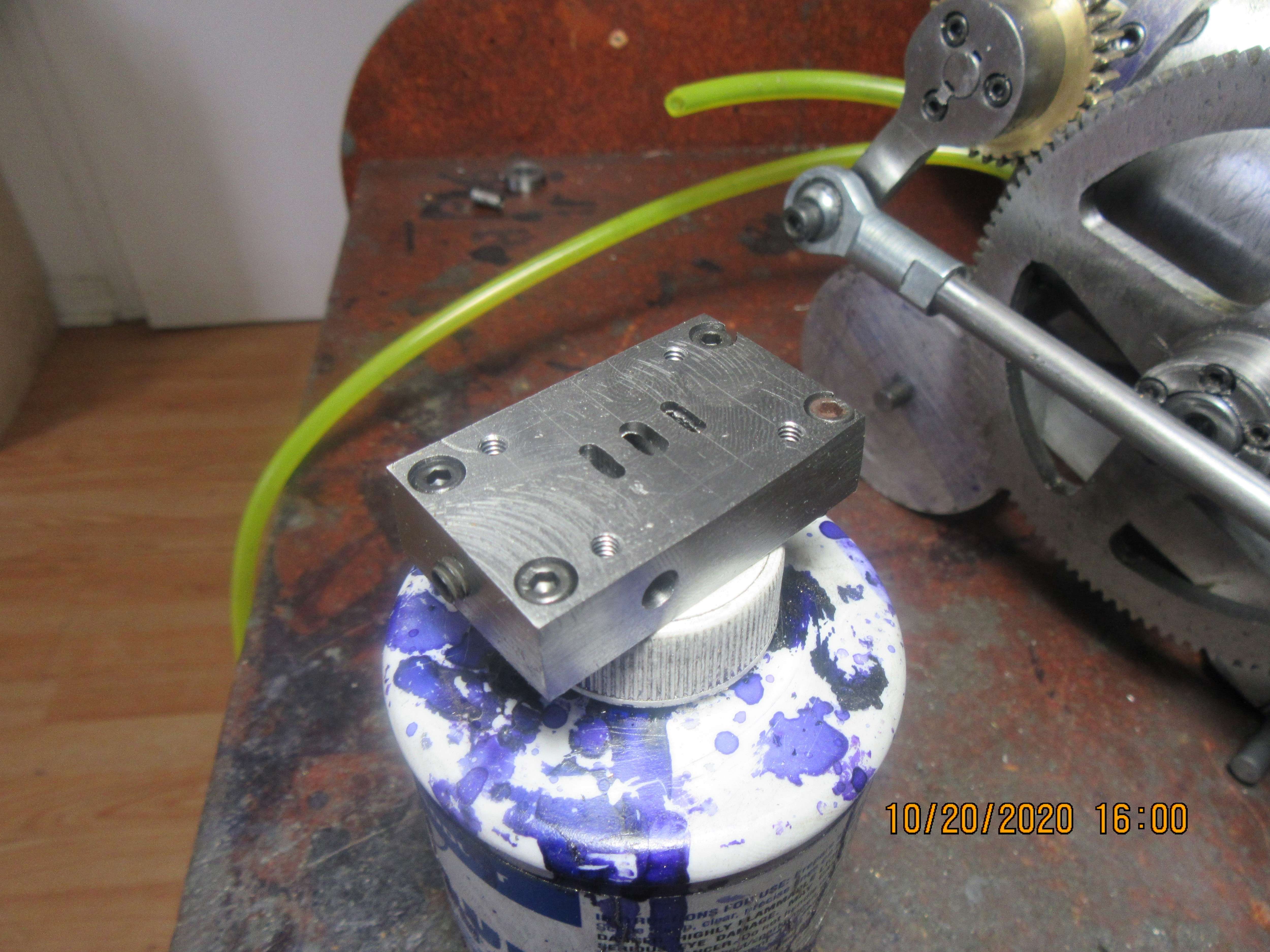






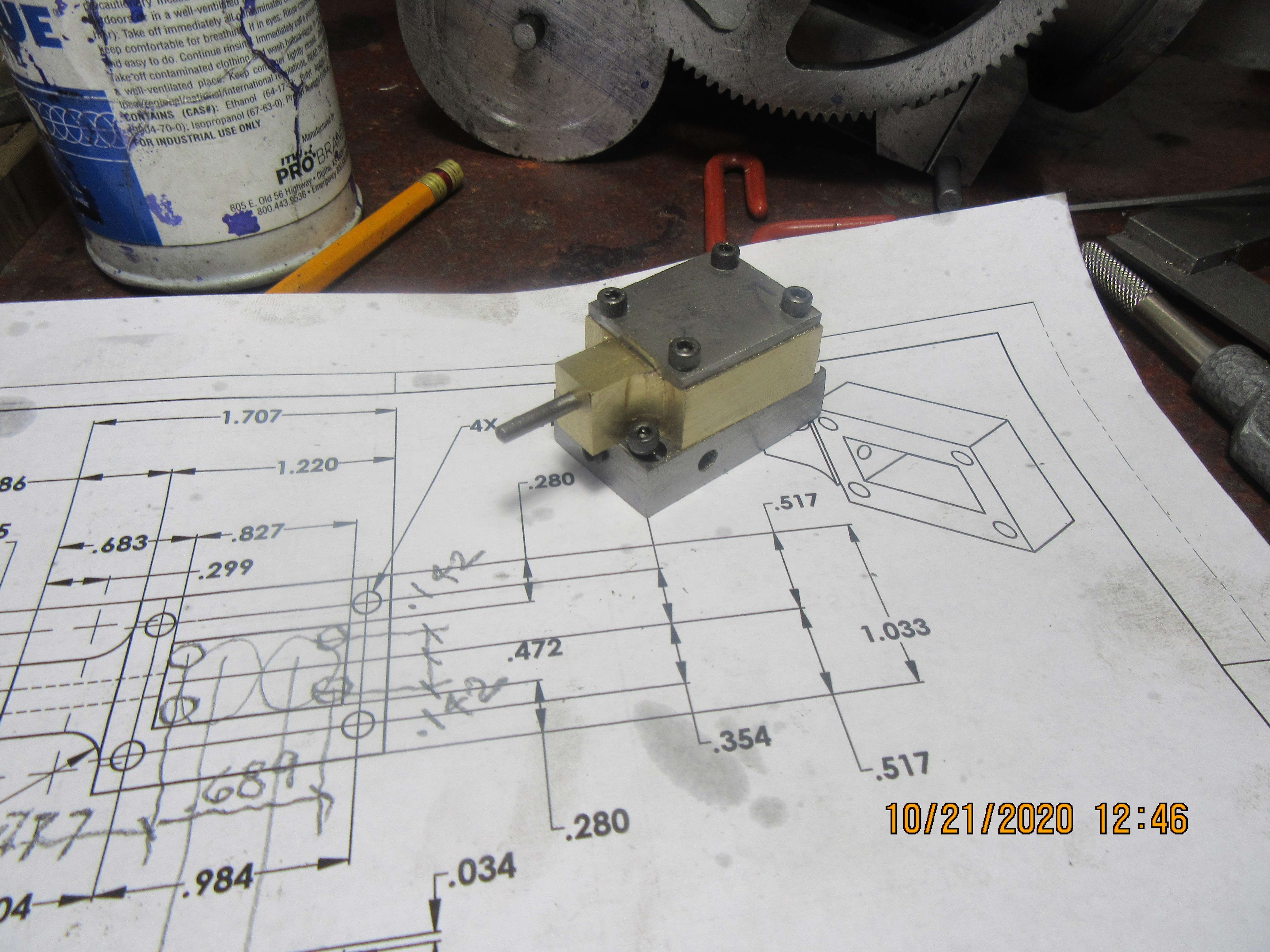
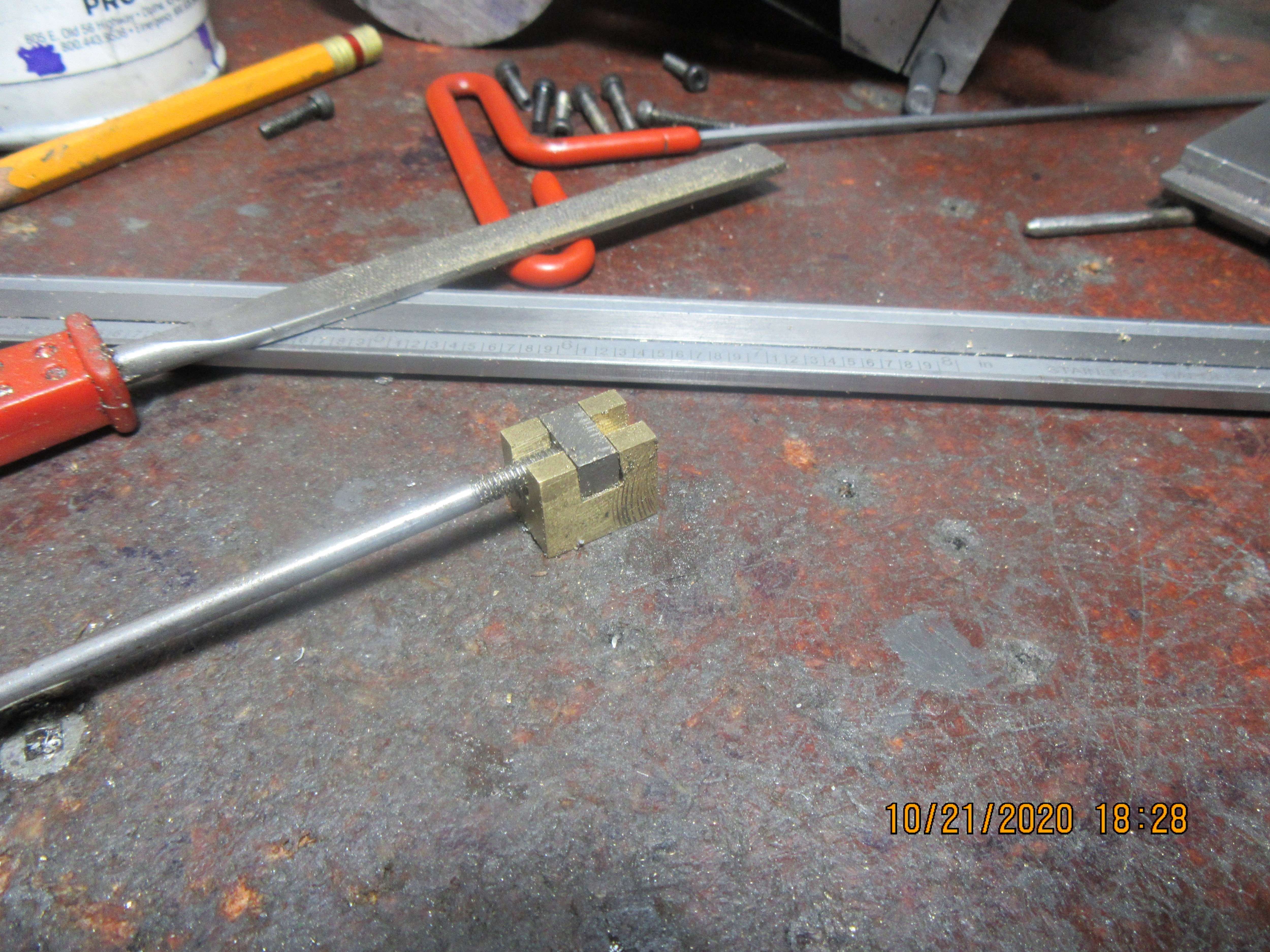
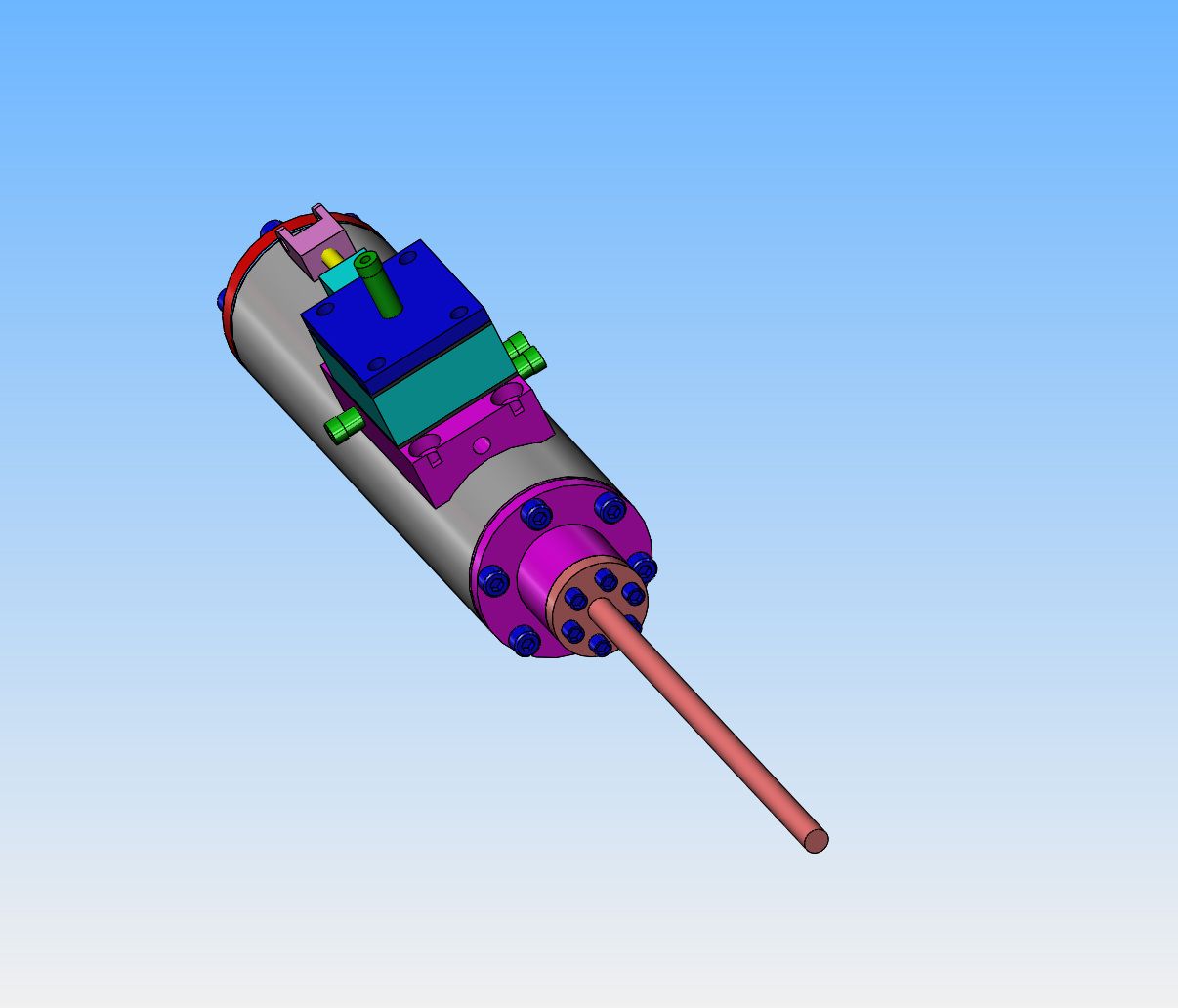
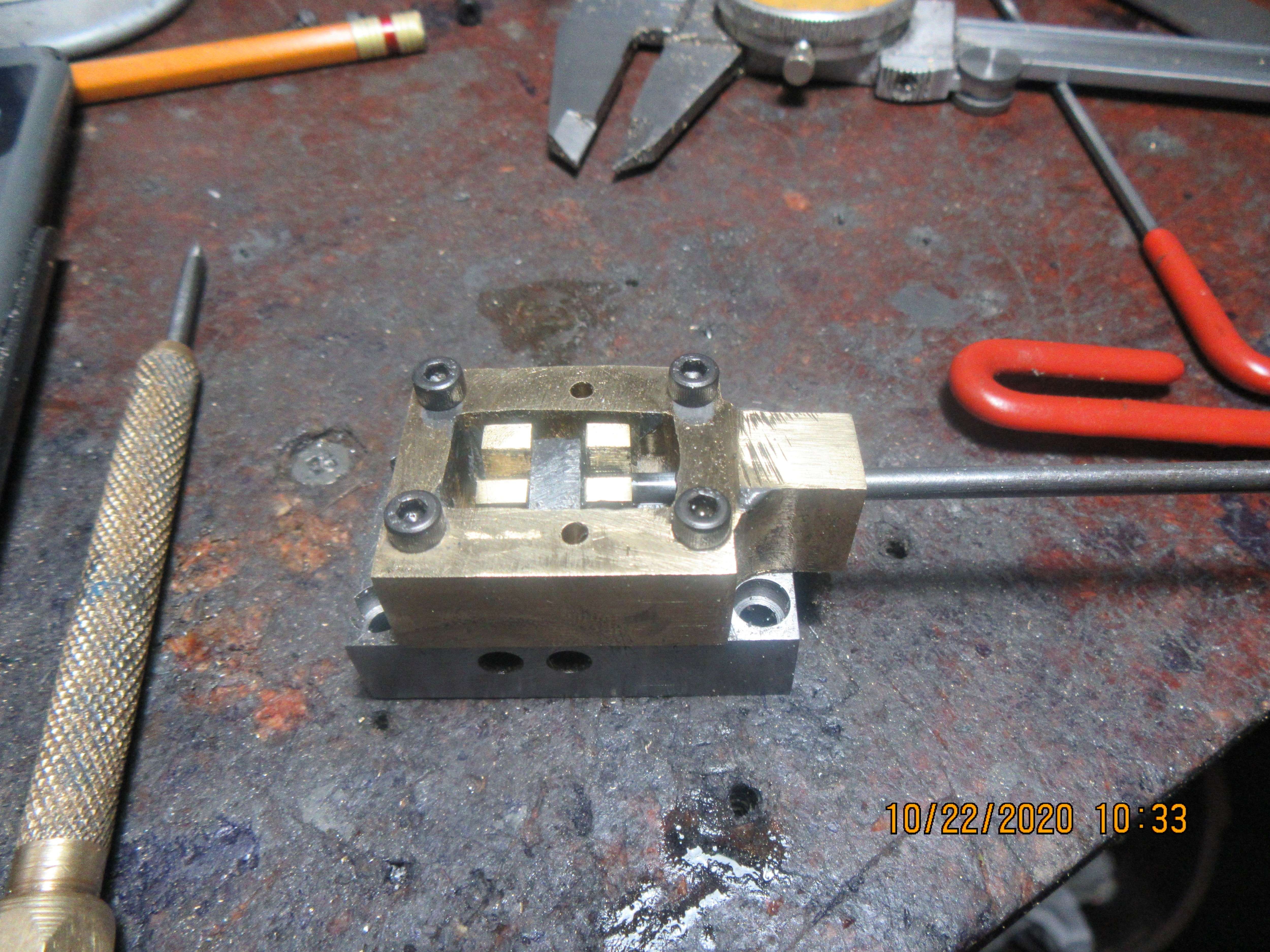
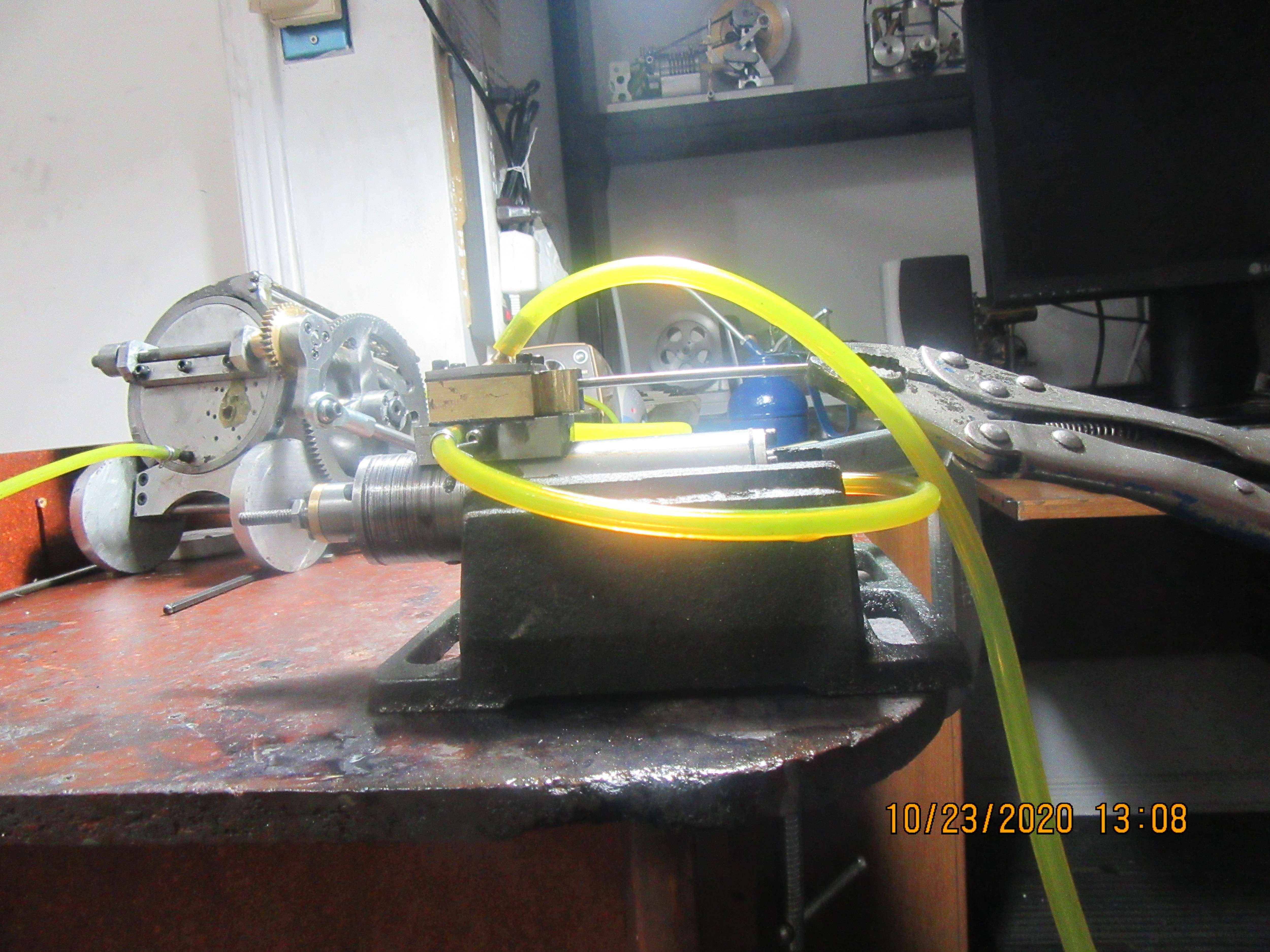
































![MeshMagic 3D Free 3D Modeling Software [Download]](https://m.media-amazon.com/images/I/B1U+p8ewjGS._SL500_.png)














![DreamPlan Home Design and Landscaping Software Free for Windows [PC Download]](https://m.media-amazon.com/images/I/51kvZH2dVLL._SL500_.jpg)







